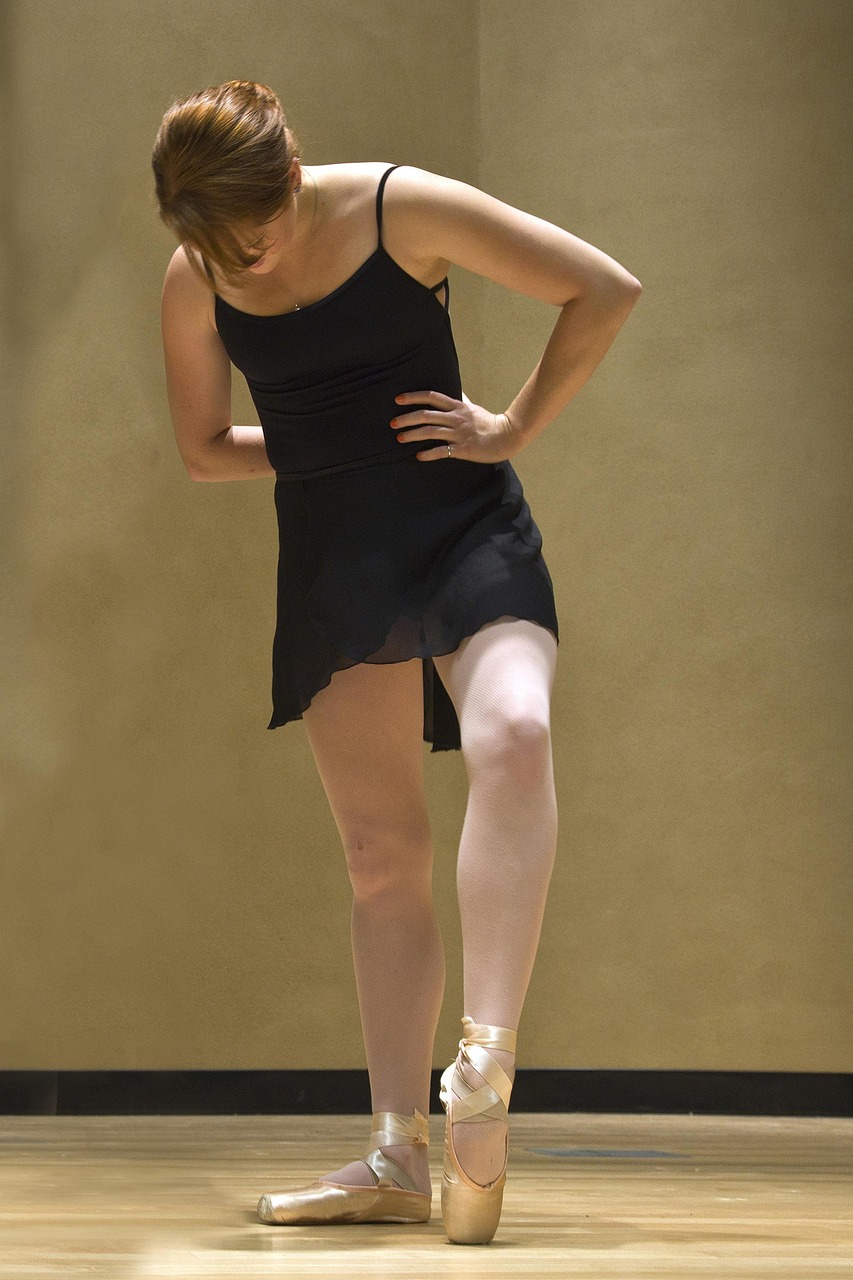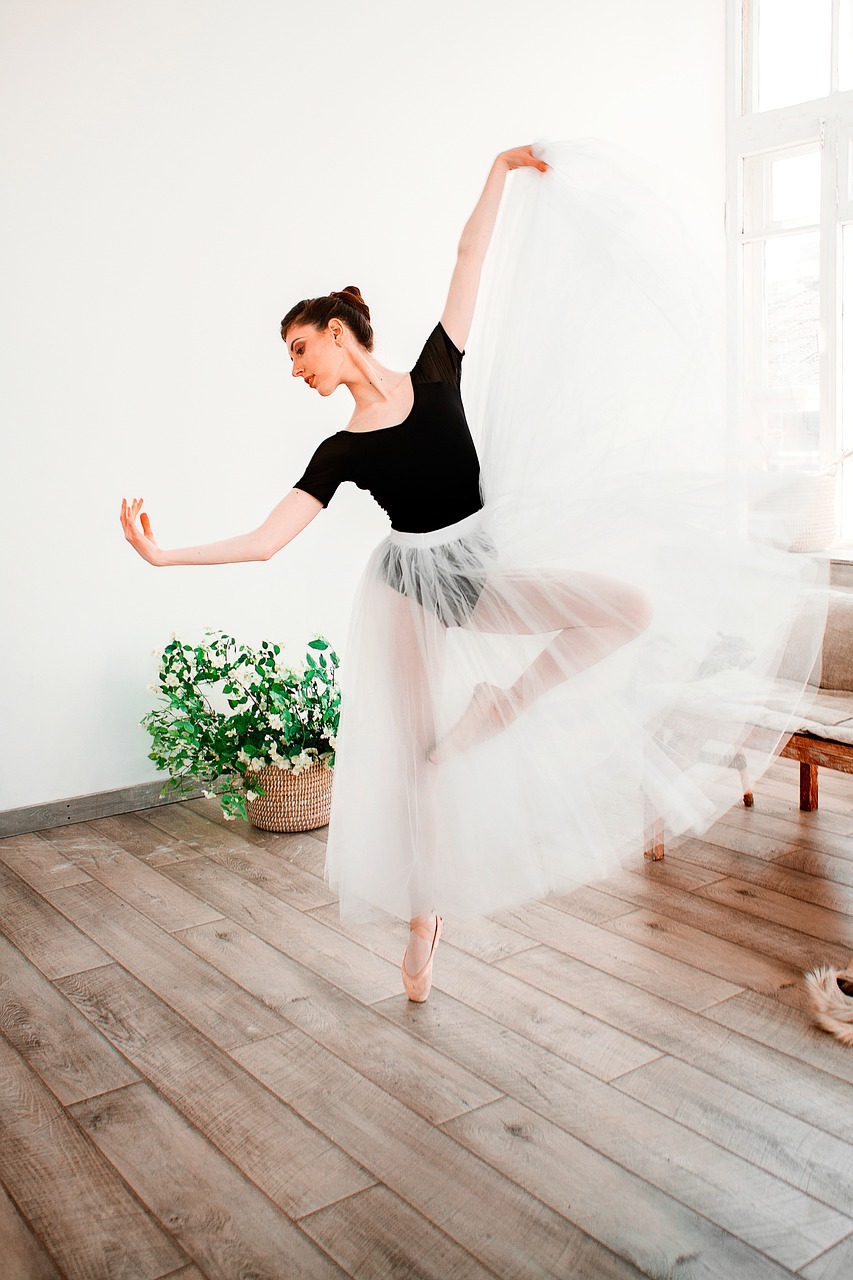TL;DR
- Prioritize comfort and freedom of movement for your first class.
- Fitted athletic wear (leggings, t-shirt) and ballet slippers are ideal.
- Hair should be pulled back securely; minimize jewelry.
- Traditional attire (leotard, tights) is optional for beginners.
- Properly fitted footwear is crucial for safety and technique.
Starting your first ballet class is an exciting step, but deciding what to wear can sometimes feel daunting. The right attire isn’t just about looking the part; it’s crucial for comfort, freedom of movement, and allowing your instructor to see your body alignment. This guide will help you understand the essential clothing and footwear for your initial ballet classes.
Basic Attire for Beginners
For your very first ballet class, you don’t need to invest in a full traditional ballet outfit. The most important thing is to wear something comfortable that allows you to move freely and that isn’t too baggy, so your instructor can observe your posture and technique.
- Comfortable Clothing:
- Bottoms: Leggings, yoga pants, or fitted athletic shorts are excellent choices. Avoid baggy sweatpants or jeans, as they restrict movement and hide your leg lines.
- Tops: A fitted t-shirt, tank top, or athletic top is ideal. Again, avoid overly loose clothing that might get in the way or obscure your upper body movements.
- Footwear:
- Ballet Slippers: These are the standard. For beginners, canvas or leather ballet slippers are perfect. Canvas is often softer and more flexible, while leather offers more durability.
- Socks: If you don’t have ballet slippers yet, clean socks (preferably non-slip) can work for your very first class. However, invest in ballet slippers as soon as possible for better grip and proper foot articulation.
Traditional Ballet Attire (Optional for Beginners)
As you progress or if you wish to embrace the classic ballet aesthetic from the start, you might consider traditional ballet attire:
- Leotard: A one-piece garment that provides a streamlined look and stays in place during movement. They come in various styles and colors.
- Tights: Pink or black ballet tights are commonly worn over or under the leotard. They provide a smooth line and protect your legs.
- Ballet Skirt: A short, lightweight skirt can be worn over the leotard and tights. These are usually made of chiffon or similar flowing fabric.
Understanding Footwear: Beyond the Basics
- Ballet Slippers: As mentioned, these are essential. Ensure they fit snugly but comfortably, without excess material at the toes.
- Pointe Shoes: These are for advanced dancers only, typically after years of training and with an instructor’s approval. Never attempt to wear pointe shoes without proper guidance, as it can lead to serious injury.
Hair and Accessories
- Hair: For safety and to prevent distractions, long hair should always be pulled back securely. A bun is traditional for ballet, but a neat ponytail or braid is perfectly acceptable for class.
- Accessories: Keep jewelry to a minimum. Small stud earrings are usually fine, but dangling earrings, necklaces, and bracelets can be distracting or even dangerous during movement.
What NOT to Wear
To ensure a safe and productive class, avoid the following:
- Jeans or restrictive pants: They limit your range of motion.
- Baggy clothing: Hides your body lines, making it difficult for instructors to correct your form.
- Outdoor shoes: Can damage the studio floor and are not suitable for dance.
- Excessive jewelry: Can get caught, cause injury, or be distracting.
Where to Buy Ballet Attire
You can find ballet attire at:
- Specialized Dancewear Stores: These stores offer expert fitting services, especially for ballet slippers.
- Online Retailers: Many online stores specialize in dancewear, offering a wide range of options.
- General Sporting Goods Stores: Some larger stores may carry basic ballet attire.
Conclusion
The most important aspect of choosing your ballet attire is to feel comfortable and confident, allowing you to focus on your movements and enjoy the class. Start with the basics, and as you become more familiar with ballet, you can gradually explore more traditional dancewear. Always check with your specific studio for any dress code requirements they may have. Happy dancing!


